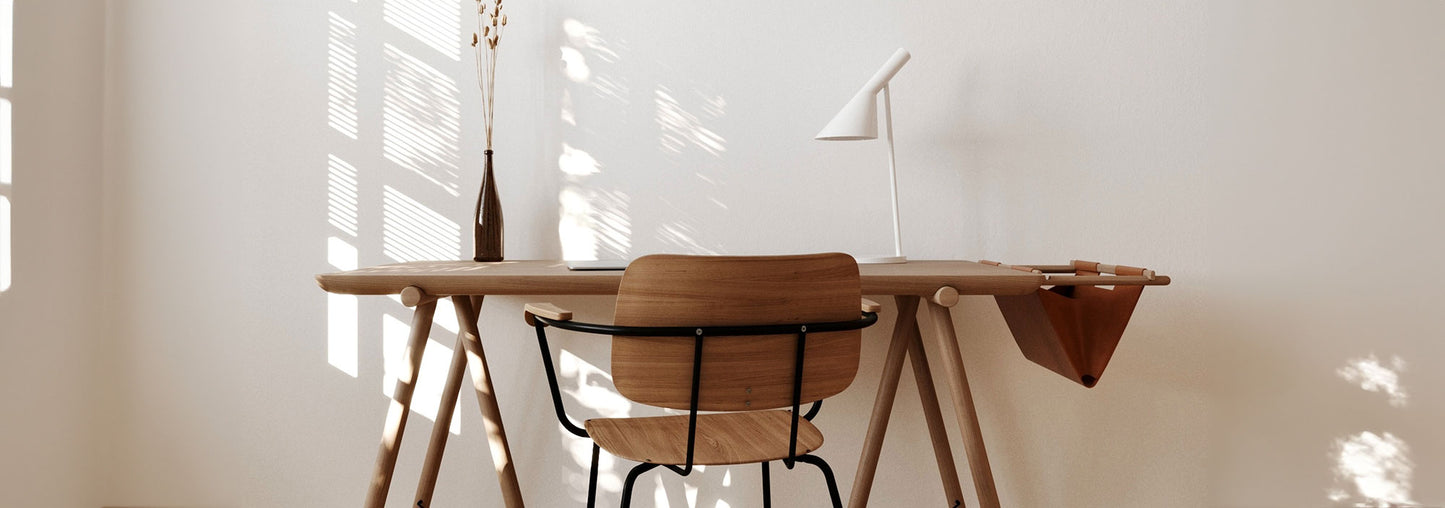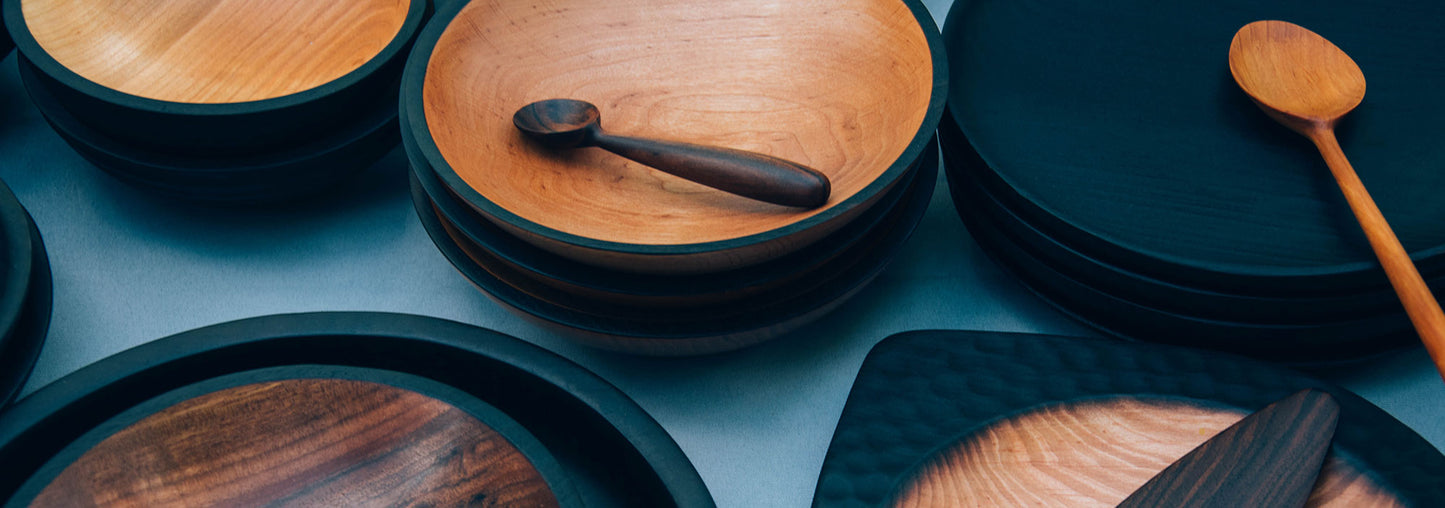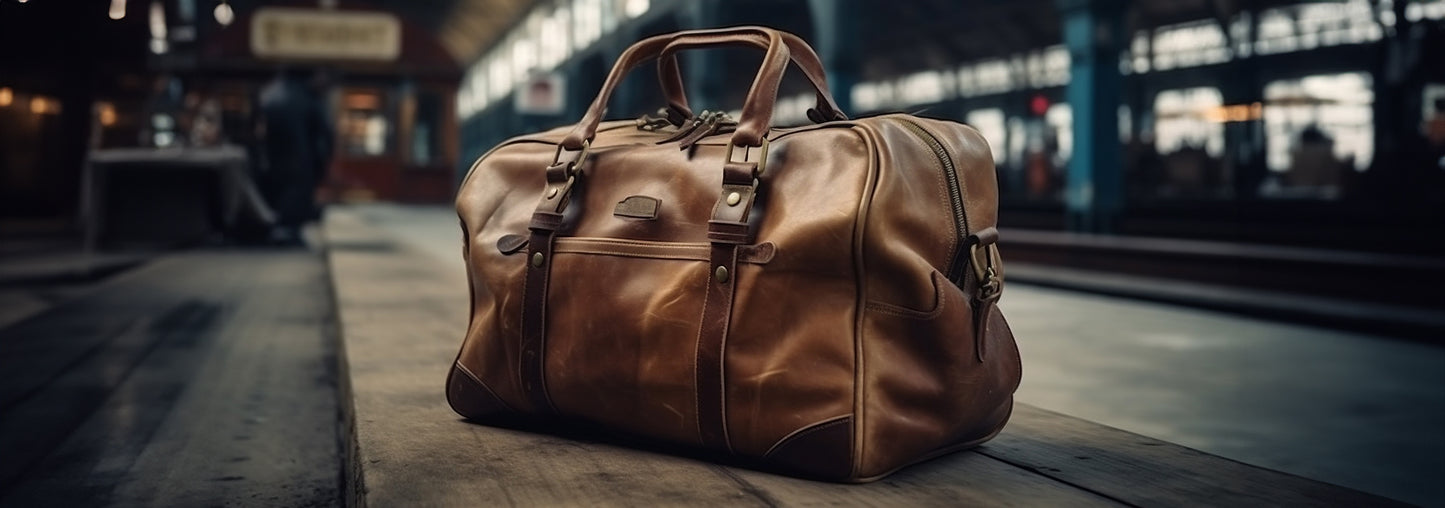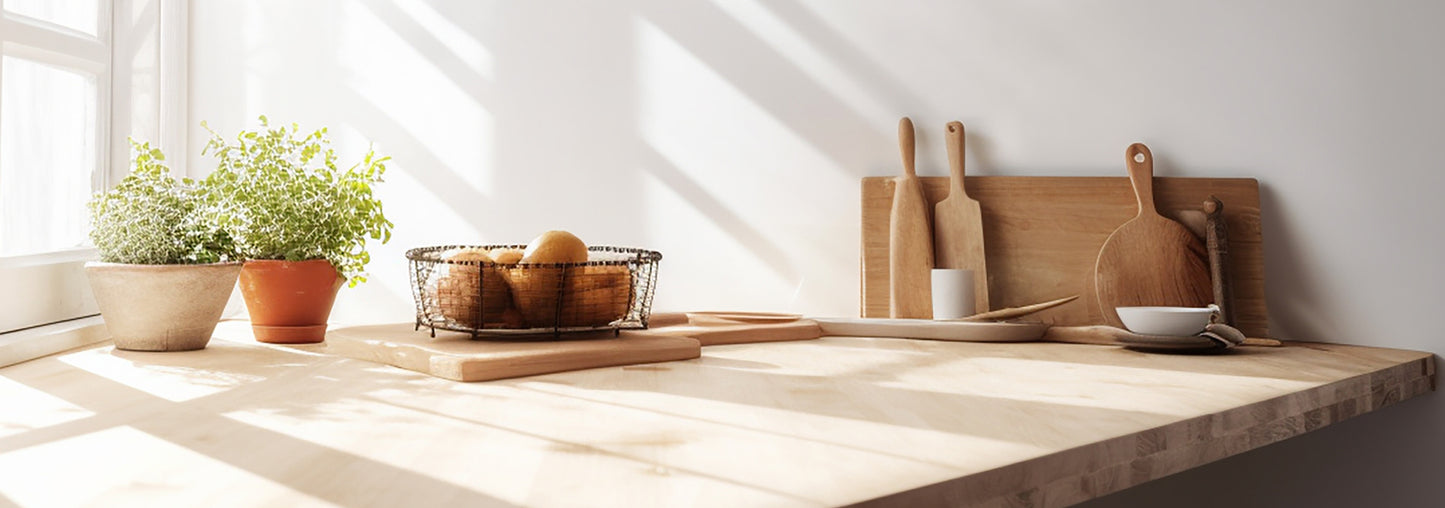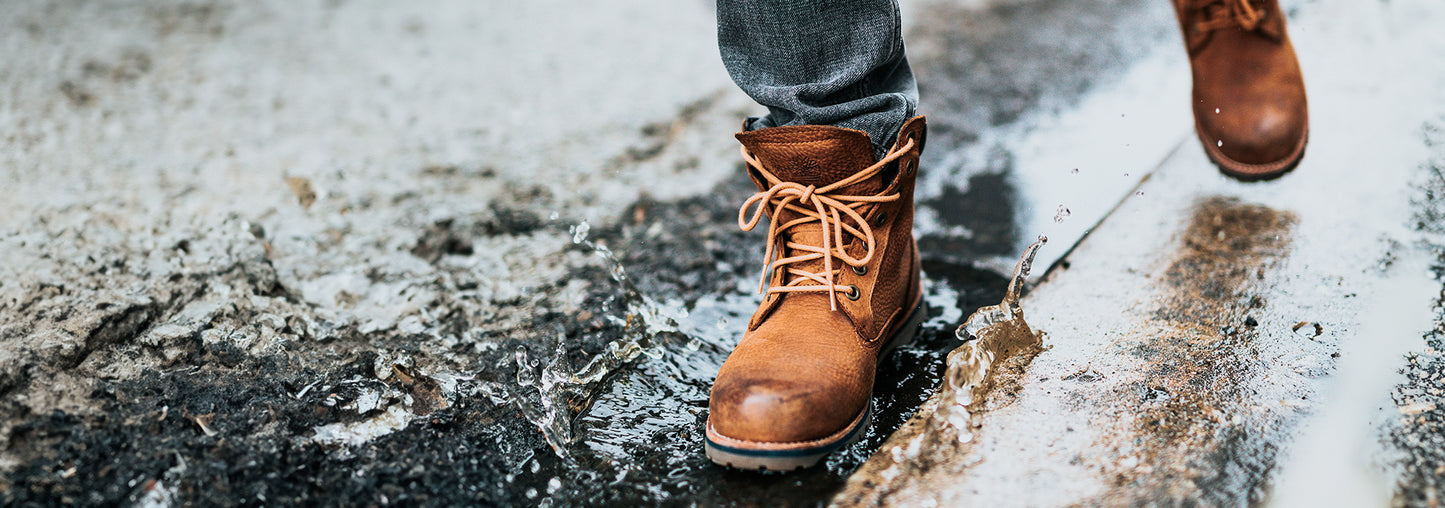
Understanding Leather
Before delving into leather conditioning, it's important to understand the nature of leather. Leather is a natural material derived from animal hides. It contains oils and moisture that keep it soft and flexible. Over time, exposure to elements like sunlight, heat, and dry air can cause leather to lose its natural oils, leading to dryness, stiffness, and even cracking. This is where proper conditioning comes into play.
The Importance of Conditioning
Leather conditioning is the process of replenishing the oils and moisture that leather loses over time. By doing so, you can prevent it from becoming brittle and maintain its original texture and appearance. Regular conditioning also helps in preserving the color and preventing the development of cracks and creases, ultimately extending the life of your leather goods.
Best Practices for Leather Conditioning
- Clean Before Conditioning: Before applying any conditioner, make sure the leather surface is clean. Use a soft, damp cloth to gently wipe away dust, dirt, and stains. Avoid using harsh chemicals that could damage the leather.
- Choose the Right Conditioner: Not all leather conditioners are created equal. Select a premium leather oil specifically designed to protect and prolong the life of your leather. Always test a small, inconspicuous area before applying the conditioner to the entire surface.
- Apply Sparingly: Less is more when it comes to leather oil. Apply a small amount onto a soft cloth and rub it onto the leather in gentle, circular motions. Avoid saturating the leather with excessive oil, as this can lead to a greasy or sticky residue.
- Focus on Problem Areas: Pay extra attention to areas that experience more wear and tear, such as elbows on leather jackets or seats in a car. These areas tend to lose moisture faster and might require more frequent conditioning.
- Allow Time for Absorption: After applying the oil, allow the leather to absorb it for a few minutes. This allows the natural oils to penetrate the material and restore its suppleness.
- Buff for Shine: If you desire a polished finish, gently buff the leather with a clean, dry cloth after the conditioner has been absorbed. This can help bring out a natural shine.
- Store Properly: When not in use, store your leather goods in a cool, dry place away from direct sunlight. Using dust bags or covers can further protect them from dust and light exposure.
Frequency of Conditioning
The frequency of leather conditioning depends on factors such as how often the item is used and the climate it's exposed to. As a general guideline, you should aim to condition your leather goods every 6 to 12 months. Items that are used frequently or exposed to harsh conditions may require more frequent conditioning.
Conclusion
In conclusion, the art of leather conditioning involves a delicate balance between understanding the nature of leather, choosing the right products, and following proper techniques. With regular and thoughtful conditioning, you can preserve the softness, suppleness, and beauty of your leather goods, ensuring they remain a cherished part of your collection for years to come.

